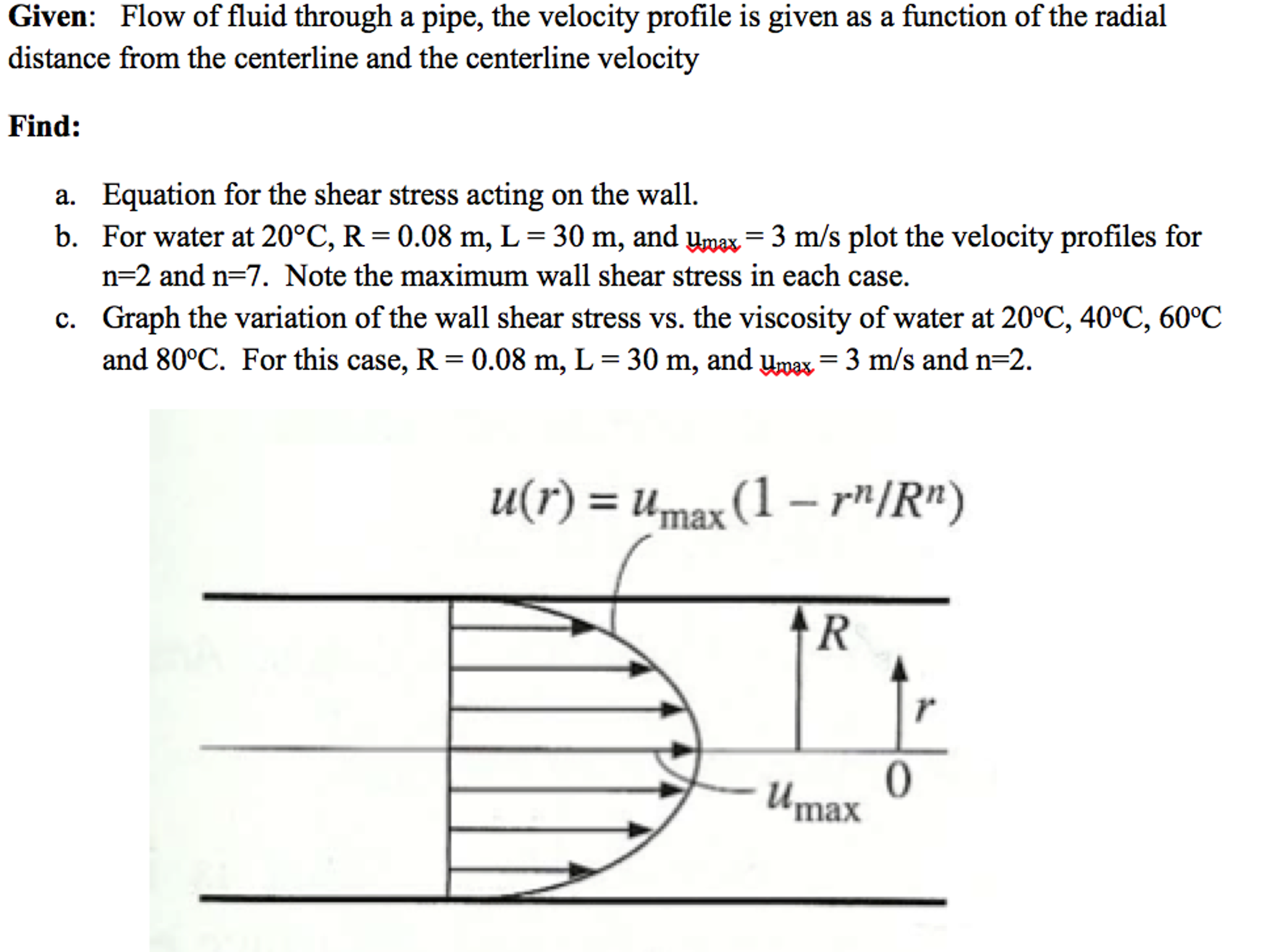
The torsion of the pipe center-line causes asymmetry of the flow pattern in a pipe cross-section, an example which appears in the inclination of the flow pattern at large values of the parameter D 1. At that point, the entire flow is boundary layer flow and is considered fully developed.The governing equations for a steady fully developed laminar flow in a helically coiled pipe are derived and the solutions are obtained for small values of a */R *, where a * is the radius of the pipe cross-section and R * is the radius of the circular cylinder on which the pipe center-line is helically coiled. But as the boundary layer grows, it meets with the boundary layer growing from other areas along the pipe circumference. In the entrance region of pipe flow, which begins as an "external flow," the boundary layer grows at first like it does over a flat plate, and there, Re characteristic length is again distance from the leading edge. With internal flow, the characteristic length for Re is pipe diameter, and the Moody chart applies only for the "fully developed" regions of pipe flow. With external flow, the characteristic length for Re is distance along the wing or plate from the "leading edge." Thus, at the beginning, Re is very small, hence the flow is laminar, regardless of roughness.
#LAMINAR FLOW PIPE FREE#
At that point, little clumps of fluid break away from the more ordered molecular flow, and this is what we call turbulence.īear in mind that there is always an "entrance region" where a free stream first encounters an obstacle, either in internal flow, as in a pipe, or in external flow, as on an airplane wing, or the well understood "flat plate." If the free stream contains no turbulence (a "quiescent flow") there will always be laminar flow at the beginning of this entrance region.

In this case, the sub layer laminar flow is very tortuous, able to follow the roughness, until the momentum of the molecular flow cannot negotiate the tortuous path i.e., until Re becomes large enough. By "significant" I mean both large enough scale and large enough Re. Consider now the laminar sub layer that exists at the molecular scale, again, much smaller than any significant roughness scale, or turbulent scale. In turbulent flow, momentum is transferred between little clumps of fluid, which is orders of magnitude in scale larger than the molecular scale. The Reynolds Number must also be sufficiently large. But roughness scale alone isn't sufficient to cause turbulence, as we see from the Moody chart Mart provided.

Thus, roughness can affect the shear stress at the wall only if it's large enough to participate in turbulence, and the scale for that is orders of magnitude larger than the molecular scale.

The only way roughness can affect molecular momentum transfer is if the roughness itself is at the same molecular scale, and in that case (which does exist) the effect of roughness is, well, at the molecular scale, which is the laminar regime i.e., it's a null effect. Thus, whether the laminar boundary layer is larger than the roughness does not provide an explanation for the question. With laminar flow, which applies down to zero free stream velocity, momentum transfer is molecule to molecule, and at a scale that is much smaller than any roughness at the wall. Since there is fluid flow in regions removed from this boundary, momentum must be transmitted in these regions - called the boundary layer - to bring the free stream value for velocity down to zero. In all cases of continuum flow, including laminar, transition, and turbulent flow, the zero (no-slip) boundary condition applies where the fluid touches the wall. The explanation is due to the fundamental physics of momentum transfer.


 0 kommentar(er)
0 kommentar(er)
